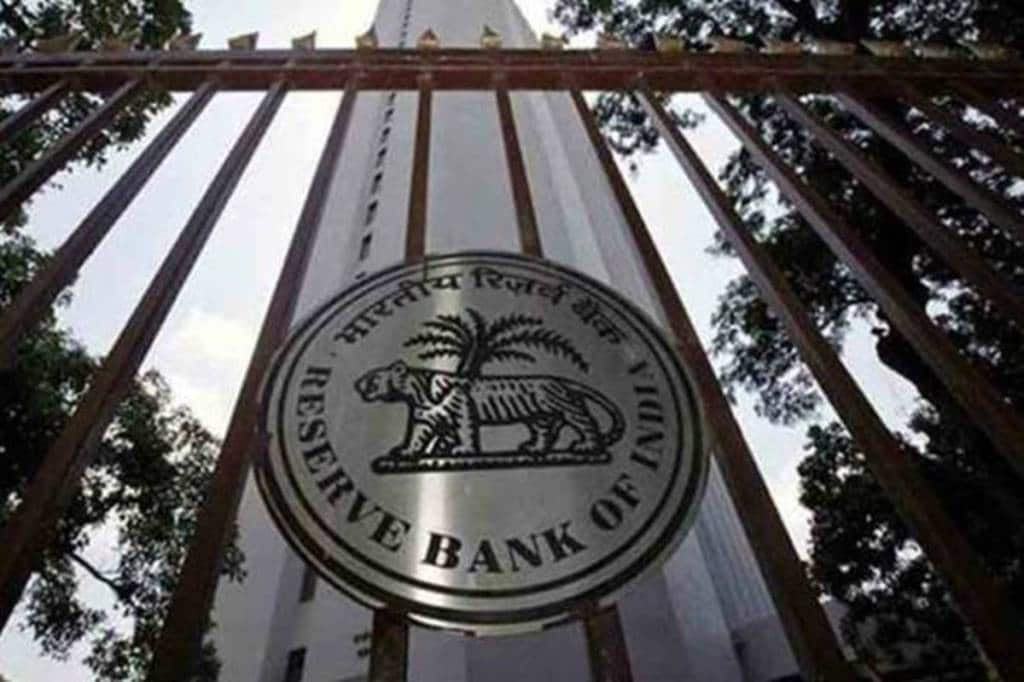The Reserve Bank of India (RBI) on Friday said it is looking at strengthening its guidelines with respect to non-banking financial companies’ (NBFCs) asset liability management (ALM) in the wake of the recent scare around these companies’ ability to prevent mismatches on this count.
NS Vishwanathan, deputy governor, RBI, said at the post-policy press conference that a stronger framework will help allow rollover risks in future.
“The last couple of years saw rapid growth of the NBFC sector. NBFCs used diverse source of funds for this expansion and also tapped the market and to keep the marginal cost, some of them have resorted to increasing market borrowing in the form of CP (commercial paper) and that could result in asset-liability mismatch, more so for companies which are financing long-term assets like infrastructure,” he said, adding that isolated events should not be seen as having system-wide implications.
Vishwanathan said that the RBI is closely monitoring the NBFC sector, where the regulatory and supervisory framework hinges on three principles of protection of depositor interests, healthy customer interface and avoiding systemic risks. The central bank has moved towards harmonising regulations for NBFCs and fully synchronised their non-performing asset (NPA) recognition norms with the banking sector now. Earlier this year, it also undertook the process of weeding out non-compliant small NBFCs.
Two weeks ago, shares of a number of NBFCs, many of them housing finance companies (HFCs), crashed on fears of their liquidity situation and ALM.
Analysts have earlier flagged the emergence of ALM-related risks at NBFCs. In June, ratings agency Icra had said that based on debt maturity profiles and incremental funding requirement, the weighted average cost of funding for NBFCs could be higher by a minimum of about 45 bps in FY19.


